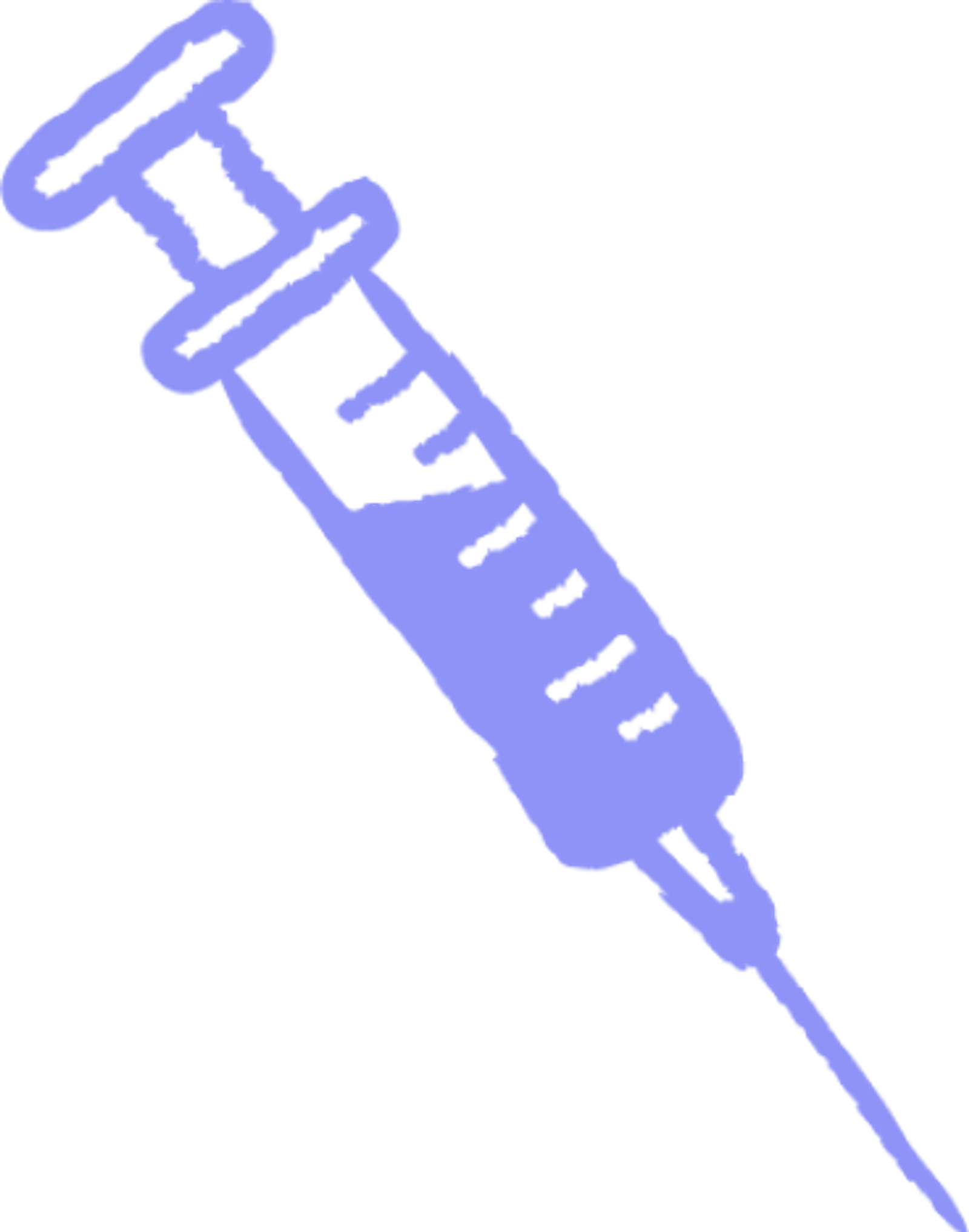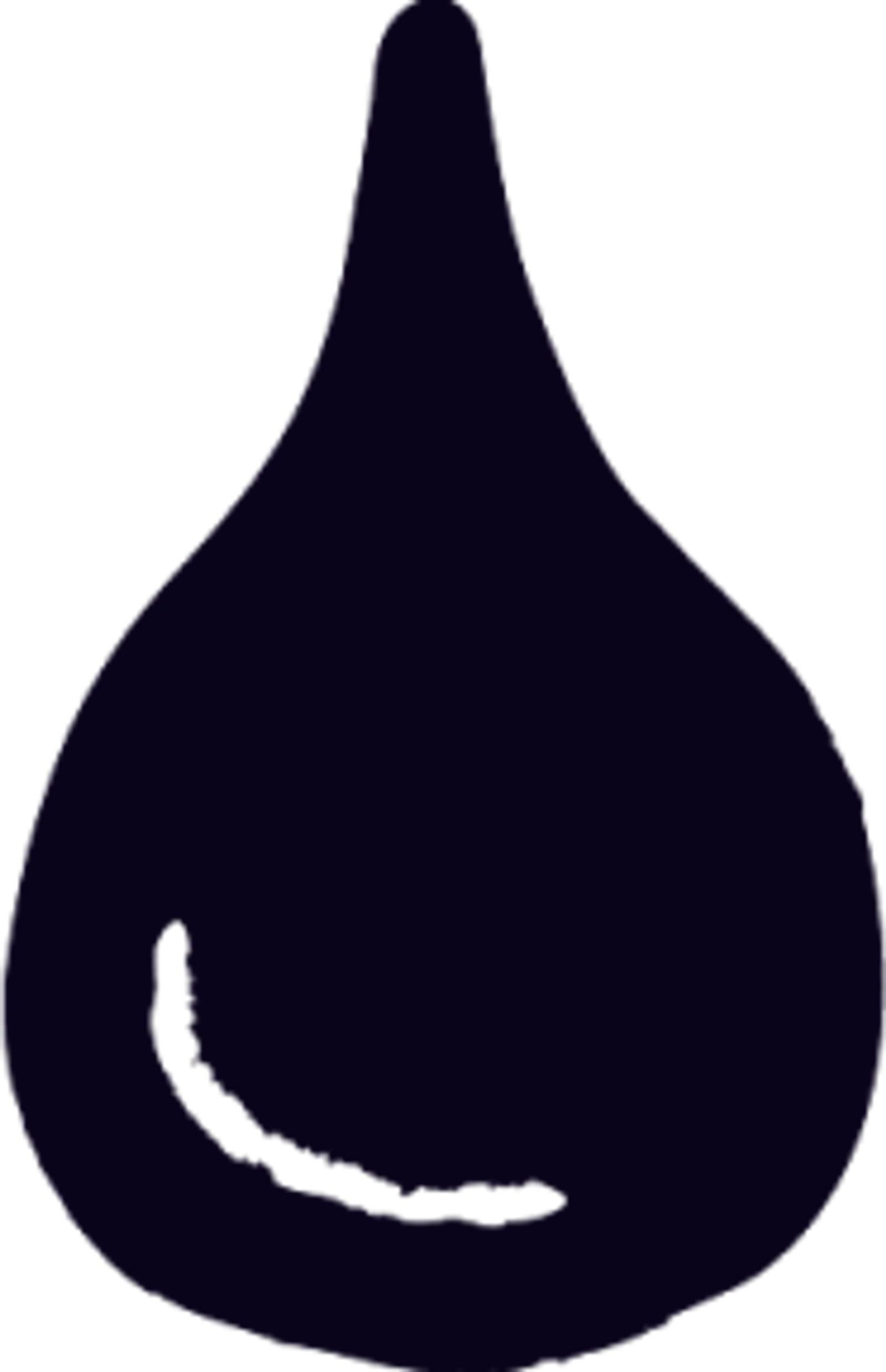Plasma 101
Who: Eligible donors between 18 and 64 can earn up to $560 a month in NY and up to $770 a month in FL.
What: Plasma is the yellow part of your blood that replenishes naturally.
Where: Queens, Brooklyn, The Bronx (NY), and Ft. Pierce (FL).
Why: Get paid to donate and help treat bleeding disorders, immune deficiencies, and more.
When: No appointment needed—walk in anytime before closing.
Intravenous Immunoglobulin: Plasma's Role in Immune Therapy

Intravenous Immunoglobulin: Plasma's Role in Immune Therapy
Intravenous immunoglobulin (IVIG) leverages the wonders of human plasma to treat immunodeficiencies, autoimmunity, and more. This guide details IVIG's composition, biological mechanisms, administration protocols, emerging applications, and plasma's essential role as the raw material underpinning this life-saving therapy.
Intravenous immunoglobulin (IVIG) is manufactured from the plasma of thousands of healthy donors to treat immunodeficiencies, autoimmunity, and more. Plasma provides the diverse antibody repertoire that enables IVIG to broadly modulate immunity through multiple mechanisms including pathogen neutralization, anti-inflammatory effects, and autoantibody removal. Strict safety and quality control standards ensure reliable IVIG potency and batch consistency for positive patient outcomes.
Overview of Intravenous Immunoglobulin (IVIG):
Aspect | Details |
Composition | Composed of IgG antibodies from plasma of thousands of healthy donors. |
Production Process | Involves pooling plasma, isolating IgG, removing infectious agents, and stabilizing the product. |
Quality Control | Rigorous testing for safety, potency, and consistency. |
Mechanism of Action | Interacts with adaptive and innate immune systems, neutralizes pathogens, modulates immune cells. |
Clinical Applications | Treats immunodeficiencies, helps to combat autoimmune diseases, and inflammatory conditions. |
Administration | Administered intravenously, dosage varies based on condition and patient weight. |
Future Developments | Innovations in production, formulations, and delivery for optimized therapy. |
Understanding Intravenous Immunoglobulin
Composition and Production of IVIG
Plasma therapy involves using blood plasma from individuals who have recovered from a specific illness, rich in antibodies, to treat or provide immunity to others facing the same disease.
Intravenous immunoglobulin, or IVIG, is composed of antibodies, or immunoglobulins, that are collected from the plasma of thousands of screened, healthy blood donors. These immunoglobulins, mainly IgG antibodies, play an integral role in the body's adaptive immune response. IVIG contains antibodies to a wide range of infectious agents that donors have developed immunity to over the course of their lives. This gives IVIG the ability to modulate and strengthen the immune systems of recipients..
IVIG goes through a rigorous manufacturing process to ensure safety, quality, and biological potency. When it comes to plasma donation; plasma is first pooled from thousands of screened donors and processed to isolate and purify the IgG antibodies. These antibodies then undergo further procedures to remove potential infectious agents and viruses. Additional steps are taken to stabilize and standardize the final IVIG product to guarantee batch-to-batch consistency.
Comprehensive quality control testing occurs at multiple points during manufacturing of IVIG. Each batch must pass regulatory safety and potency requirements before release. This ensures that patients receive a reliable, biologically active product that can effectively interact with the immune system. Ultimately, IVIG contains concentrated, functional antibodies ready to support the body's immune processes.
Mechanism of Action in the Immune System
IVIG interacts with numerous components of the adaptive and innate immune systems to bolster the body's ability to fight disease. It works via several biological mechanisms that researchers continue working to fully understand. However, it is known that IVIG contains antibodies that can directly neutralize pathogens, toxins, and inflammatory molecules. This helps restore balance to overactive immune responses in autoimmune and inflammatory conditions.
Additionally, IVIG influences the activation and functions of types of immune cells such as B cells, T cells, macrophages, and dendritic cells. For example, anti-inflammatory effects partly arise due to IVIG’s ability to modulate dendritic cell activity and skew T cell populations towards anti-inflammatory phenotypes. It also blocks receptors on macrophages and other phagocytes involved in inflammation. Via these and other mechanisms, IVIG shifts the immune environment towards resolution of inflammation and restoration of tolerance.
Moreover, IVIG promotes the elimination of unhealthy autoantibodies by accelerating their removal from circulation. It boosts antibody catabolism rates while also inhibiting plasma cells from producing further autoantibodies. Research shows IVIG may support populations of regulatory B and T cells, which restrain excessive immune reactions. Through this multitude of biological interactions, IVIG calms the immune system and guides it towards health.
Olgam Life recognizes that IVIG remains something of a mystery - while much is known about its clinical efficacy in modulating immunity, ongoing research seeks to fully elucidate how this complex mix of antibodies exerts its effects. However, it is clear IVIG regulates immune functioning on multiple levels, making it a versatile supportive therapy for patients battling infection, autoimmunity, and more. Discerning its mechanisms of action will allow further optimization of IVIG therapy for many in need.
Those interested can donate plasma at Olgam Life centers in New York and Florida to contribute to production of IVIG that changes lives every day.

The Role of Plasma in IVIG Therapy:
Aspect | Details |
Role in IVIG | Primary source of antibodies for IVIG, offering a broad spectrum for immune modulation. |
Plasma Collection | Collected from screened, voluntary donors using apheresis technology. |
Safety Standards | Strict protocols for donor screening and plasma quality, ensuring safety and efficacy. |
Plasma Quality Impact | Direct correlation with IVIG's efficacy and safety. |
Ethical Considerations | Donor care and compensation policies at collection centers like Olgam Life. |
Clinical Applications | Broad range including treatment for primary immunodeficiencies and autoimmune diseases. |
Research and Trials | Ongoing studies to expand IVIG's clinical scope and optimize production methods. |
How Plasma Contributes to Immune Therapy
The Role of Plasma in IVIG
Plasma serves as the raw material from which IVIG derives its broad spectrum of antibodies for immune modulation. IVIG relies entirely on the rich antibody diversity found within plasma from thousands of healthy donors to exert its therapeutic effects. Plasma contains antibodies formed against countless pathogens over donors’ lifetimes - this breadth underlies IVIG's ability to broadly influence immune functioning.
The starting point for IVIG production is gathering high-quality plasma from screened, voluntary donors. At FDA-regulated collection centers like those run by Olgam Life, plasma is collected using automated apheresis technology while retaining the donor's blood cells. Collected plasma then undergoes processing and purification steps to isolate immunoglobulins for IVIG manufacturing. Notably, IgG antibodies comprise the main component of IVIG due to their central roles in adaptive immunity. However, plasma also contributes to other immunomodulators that make IVIG more than just IgG.
Ultimately, IVIG leverages carefully prepared plasma containing antibodies and proteins that interact with various immune system components. These interactions underpin its versatile clinical applications - from dampening inflammation in autoimmunity to neutralizing pathogens and toxins. IVIG’s safety and efficacy rely wholly on plasma generously donated by selfless, health-conscious individuals.
Plasma Quality and Safety in IVIG Production
Maintaining high standards for plasma quality and safety is paramount when producing IVIG for patient use. Plasma donation centers follow strict protocols enforced by regulatory agencies like the FDA to ensure plasma integrity. These include donor screening and testing measures for infectious diseases like HIV and hepatitis to mitigate contamination risks.
Additionally, plasma fractionators implement robust quality control checks during IVIG manufacturing. These assess plasma purity and monitor for potential infectious agent transmission at multiple points in the production workflow. All released IVIG batches must satisfy potency, purity, and safety release criteria. By upholding rigorous quality and safety standards at every production stage, patients can trust in IVIG’s reliability and efficacy.
For ethical plasma collectors like Olgam Life, donor care sits alongside production quality as a top priority. Compensation policies attract committed, long-term donors interested in improving their health to maintain eligibility. Staff build personal connections with donors and offer supports fostering a welcoming, professional environment. Such holistic, customer-focused approaches produce higher quality plasma for therapies like IVIG.
Plasma quality directly correlates with IVIG efficacy and safety. Reputable centers like Olgam Life invest incredible efforts upholding quality standards for the betterment of donors, patients receiving plasma-derived therapies, and local communities. IVIG production intimately relies on this commitment to excellence from plasma suppliers dedicated to changing lives.
Clinical Applications and Administration of IVIG
Indications for IVIG Therapy
IVIG boasts an exceptionally wide range of clinical applications stemming from its multipronged effects on immune modulation. It originally gained fame for effectively treating primary immunodeficiency disorders marked by insufficient antibody production. Today, IVIG remains a first-line therapy for these genetic conditions, including common variable immunodeficiency and X-linked agammaglobulinemia. Patients receive regular IVIG infusions to provide the antibodies their bodies cannot produce alone.
Additionally, IVIG emerged as an accepted treatment for various inflammatory and autoimmune diseases over the past few decades. These include immunosuppression in organ transplant patients and management of autoantibody-mediated disorders like Guillain-Barré syndrome, chronic inflammatory demyelinating polyneuropathy, and stiff person syndrome. IVIG calms these overactive immune responses by neutralizing cytokines and autoantibodies.
Other applications of IVIG continue to be rigorously explored, with accumulating evidence pointing to its utility in conditions as wide-ranging as toxic epidermal necrolysis, recurrent pregnancy loss, Alzheimer’s disease, and post-COVID syndrome. As research on IVIG persists, its clinical scope may expand even further thanks to the wonders of human plasma.
Administration and Dosage of IVIG
Fine-tuning IVIG infusion plans requires balancing intended therapeutic effects against potential adverse reactions in each patient. Formulations come in various concentrations, so dosing begins with calculations based on the patient’s weight and condition. Those with primary immunodeficiencies typically receive 300-800 mg per kg, administered every 3-4 weeks. For short-term treatment of autoimmune flare-ups, 2 g per kg daily for 2-5 days serves as a common benchmark.
The standard procedure administers IVIG intravenously using an infusion pump to control the rate, though intramuscular and subcutaneous methods also exist. Intravenous infusions allow large volumes over 2-6 hours, while subcutaneous administration involves smaller volumes given over several days using a programmed pump. This minimizes adverse effects, but requires more injections. Protocols tweak infusion rates and observation periods to prevent reactions like headaches and blood pressure changes on an individual basis.
Decades of clinical experience inform current IVIG administration best practices for conditions like primary immunodeficiencies. However, optimizing its delivery for emerging applications remains an active area of research. Centuries after mankind discovered the wonders of plasma, exploring IVIG’s full potential continues - with the help of conscientious plasma donors at centers like Olgam Life.
The Future of Intravenous Immunoglobulin
Advances in IVIG Therapy
The versatile clinical utility of IVIG sparks continual efforts to optimize and advance therapy. Researchers actively pursue innovations in IVIG production, formulations, and delivery to improve convenience, tolerability, and treatment outcomes.
For example, manufacturers now offer IVIG in assorted concentrations, stabilizers, and inactive ingredients to accommodate patient needs. Subcutaneous immunoglobulin emerged as an alternative to intravenous methods, using pumps for home-based infusions to minimize lifestyle disruption. Additionally, tests of specially engineered antibodies and antibody fragments may someday provide more targeted immunomodulation.
On the production side, advancing purification techniques yields IVIG with enhanced safety profiles and biological activity at lower doses. Some fractionators employ emerging pathogen reduction technologies including solvent-detergent and nanofiltration to curb transmission risks. Further research also explores how factors like a donor’s age, environment, and immunization history impact antibody repertoires for informing plasma selection.
Overall, constant refinements in IVIG manufacturing and delivery may someday allow personalized prescriptions tailored to each condition and patient. Moving forward, IVIG therapy stands to become safer, more convenient, and optimized for precision immune modulation.
Emerging Research and Clinical Trials
Despite IVIG’s long history, exciting new frontiers in therapy and research continue opening. For example, ongoing clinical trials assess IVIG for diverse neuroinflammatory conditions like chronic traumatic encephalopathy and transverse myelitis. Other studies probe its utility in acute infections and sepsis, while some groups explore larger-scale patient genetics to predict treatment responders.
Novel production methods also appear on the horizon - recent advances allow harvesting antigen-specific antibodies from genetically engineered cows, bypassing human plasma collection. However, most researchers emphasize that naturally diverse human plasma remains irreplaceable for broadly modulating immunity.
While IVIG’s full scope still evolves, what endures is patient need creating opportunity. Plasma collectors like Olgam Life thus continue building local relationships and using care innovations to ensure reliable, quality supply for fractionators. Driven by patient-forward ethics, their work fuels the essential research clarifying IVIG’s immense - and still mysterious - therapeutic promise. For more information, explore our FAQs on plasma donation or reach out to our team for personalized assistance in making the decision to donate or find a nearby plasma center.
















